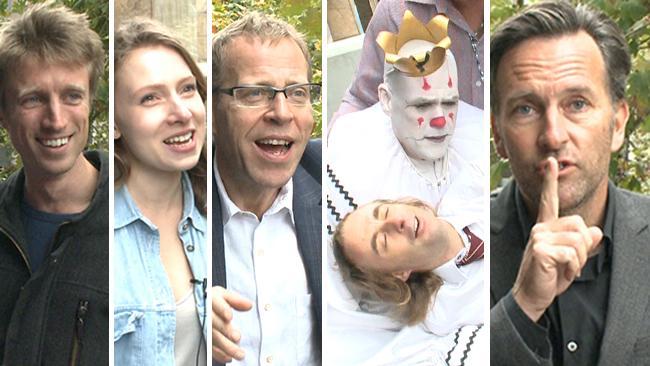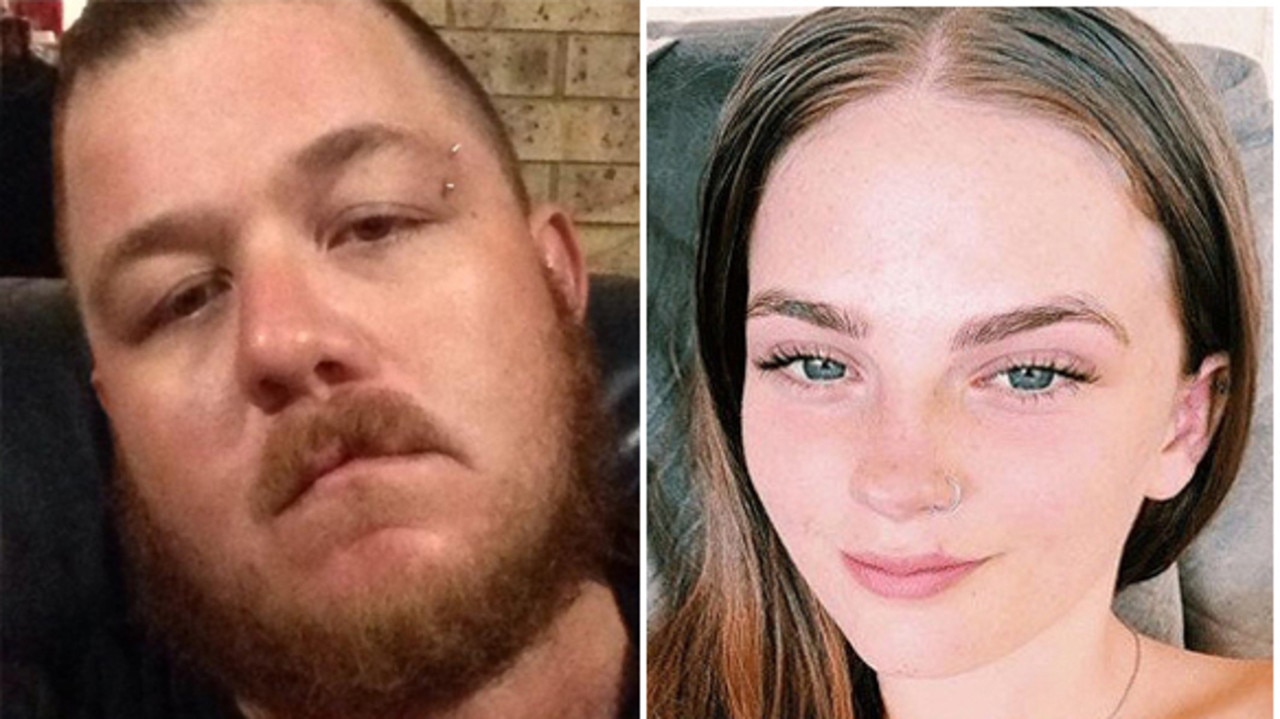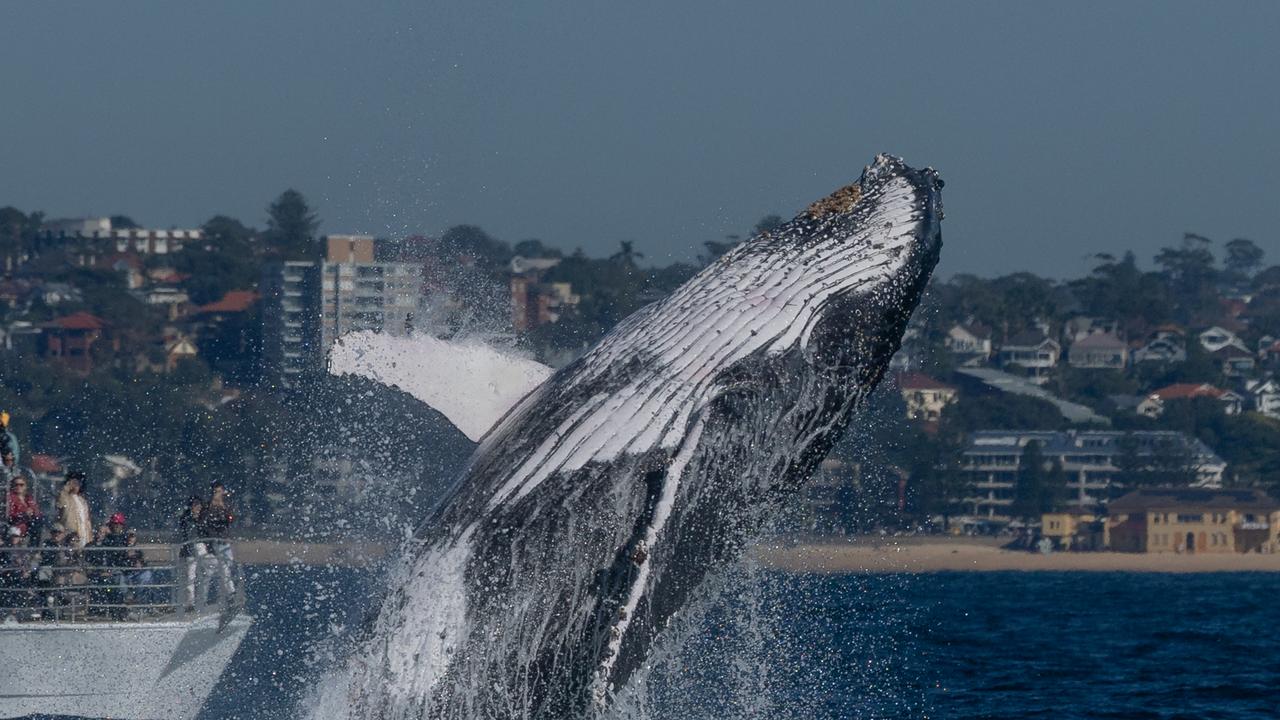Melbourne International Comedy Festival 2016: Australias biggest cultural event
MELBOURNE’S comedy festival was launched almost 30 years ago. Now it is Australia’s biggest cultural event. And the comics wouldn’t have it any other way.

THEY all know what to do. Grouped together at The Butterfly Club, and invited to seize a dangling microphone, five of MelbourneÂ’s best comics claw at each other like cats.
Jimeoin bears down on Anne Edmonds who pushes in on Frank Woodley while Rod Quantock does his level best to elbow Jess Perkins out of the way. It’s an unseemly scramble.
“Look, we all hate each other ... slightly,’’ Irish joker Jimeoin says.
But when the mic fight is finished, a stunt spotlighting the 30th Melbourne International Comedy Festival, there are no hard feelings. Quite the opposite.
Comedy is a world unto itself, an alternative universe whose inhabitants risk all — self-respect, peace of mind, a wage — to land a punchline. So for all the bruised egos on display, especially at festival time, comic camaraderie runs deep.
“Yes, it is a bit like belonging to a club,’’ Quantock muses. Thing is, there are no membership rules. You just have to be funny.”
Laughs are assured when “comedy superstars, past, present and future” converge on the Regent Theatre for an epic birthday bash and Lawrence Mooney hosts a “Big Fat 30th Birthday
Quiz” to find the “biggest Australian comedy buff’’.
One liners will also come thick and fast when Quantock leads walking tours around Humour Us, a nostalgic Arts Centre exhibition charting three rib-tickling decades of festival fun.
“Achieving the Big Three-0 is cause for celebration, reflection and inspiration,’’ says longtime festival director Susan Provan.
Especially when you look at how far it has come. The debut festival in 1987 boasted 56 shows in 33 venues. This year, comedy fans can take in 535 shows staged in 121 venues with 6603 performances given by more than 2000 artists.
That makes it Australia’s biggest cultural event.
Quantock, who has performed every year, says: “It’s been a fantastic thing for Melbourne. By sheer weight of numbers, the comedy festival has forced itself into Australian mainstream culture.’’
But this ratbag raconteur, who lobs “molotov cocktails of mirth at the most serious of subjects’’, has not always been a festival cheerleader. Asked if he can imagine Melbourne without its “annual salute to hilarity’’, he says: “Yes, I can. Like most things, it’s a double-edged sword.”
Early on, “it destroyed live comedy in Melbourne for the rest of the year ... people would say, ‘I’ll get my comedy in 3½ weeks during March and April’.”
Then again, Quantock wouldn’t miss being in the festival for quids.
“I thought last year might be my swan song,’’ he sighs, recalling his infamous Bus Tours. “But 30 years ... oh, you’ve got to be part of that.”
Back to the beginning
“MELBOURNE has to be the funniest place on earth,’’ Sir Les Patterson chortled at the official launch of the city’s comedy festival in February, 1987.
Australia’s slobbering cultural attache (aka Barry Humphries) did the honours in the company of UK comedy legend Peter Cook at a memorable press conference where one of them dropped his trousers ... and the other dropped the F-word. Laughs all around. But the festival’s guiding force was behind the scenes, having a fag.
John Pinder — founder of The Flying Trapeze Cafe, owner of The Last Laugh Theatre Restaurant — hatched the idea with tourism officials and theatre producers as a way of livening up Melbourne “when we do have good weather and don’t do anything much with it”.
The John Cain government coughed up $170,000. That was enough to set the stage for an opening night gala (starring Max Gillies, Gerry Connolly and Wendy Harmer), Celebrity Theatresports, Humorists Read Humorists and a Festival Club at The Last Laugh.
“The first festival program was almost on a single sheet of paper,’’ Quantock says. But by the early 1990s, when Jimeoin made his debut, Melbourne was earning a reputation for being very funny.
“I came out (to Australia) because I’d heard there was good comedy happening,’’ he says. “But there wasn’t a great stand up scene, as I remember.’’
Jimeoin helped changed that with deadpan routines that mined the humour of humdrum life.
Frank Woodley and Colin Lane took a different route. Joining forces as Lano and Woodley, the madcap duo gatecrashed festivals in the mid ’90s with “very theatrical comedy shows’’.
“We did stand out,’’ Woodley says, recalling one memorable season they did in sleeping bags.
Opportunities soon knocked — helped by a prestigious Perrier Award at the Edinburgh Festival Fringe — and by 2000 the pair were conquering television here and in England with The Adventures of Lano and Woodley. Woodley — who parted ways with Lane in 2006 — admits: “For me, the festival has worked really, really well.’’
Anne Edmonds is grateful, too. This singular Melbourne comic got her start as a finalist in 2010 RAW Comedy, a platform for emerging talent. Since then, Edmonds’ quirky solo shows have earned a devoted following.
“I loved seeing comedy at the festival when I was a punter,’’ Edmonds says. “To find myself doing what I’m doing now is really quite bizarre.’’
Edmonds — winner of last year’s Piece of Wood (comic’s choice) Award — is frustrated that gender still skews a lot of festival coverage.
“Every year, I pray I’m not going to see another article on ‘women in comedy’. And, inevitably,
there is.’’
The blokey culture that once prevailed at festival time has diminished. Edmonds reports seeing “more balanced, forward-thinking open mic nights where your audience is male and female.
“It’s not a footy club anymore.’’
No one dares ask, “Are women funny?” either. Then there’s swearing. Quantock says certain four-letter words were verboten in 1987, “whereas today, you can get away with anything, really”.
Woodley says: “Yeah, it certainly feels as if swearing is nowhere as big a deal as it was 30 years ago.’’
Asked to nominate the biggest change, everyone agrees it’s the rise of the internet. Comedy fans are tweeting during and after comedy shows and often sending funny lines into the ether — out of context and without an irony alert. That worries Woodley.
In the past, he says, “if I was performing late night at an adult comedy club where there was an understanding that my heart was in the right place, I was able to explore some dark, freaky stuff. Now, because I have a very broad audience, if someone is filming that on their phone and putting it up (online), it could have a scandalous effect. That can be quite inhibiting.’’
Quantock chuckles: “I never worry about that sort of thing because my audience is too old to tweet.”
The internet’s other powerful influence has been as a platform for emerging talent.
Edmonds explains: “It’s a whole new way for people to find out about you. Especially younger people. They’re not looking out for you on a TV show. They’re going online.’’
Jess Perkins bears this out. The 25-year-old comic from Mt Waverley, who was not even born when the festival started, has a strong social media presence.
YouTube videos of her much-admired 2015 RAW comedy final have generated a fan base. Yet it was seeing Tripod live at a festival — not online — that inspired Perkins to abandon call centres for comedy.
“Tripod was musical and funny,’’ she says, “and being a drama nerd at school, I loved how they put on a real show.’’
RAW — the national open mic competition which started 20 years ago — was the impetus Perkins needed to have a go herself.
As she says: “For years, I’d see comedy festival shows with my parents and think, I wanna do that. What I needed was a deadline, a date I had to meet.’’
A nursery of comics
DOWN the decades, through Class Clowns and Deadly Funny and the annual Roadshow, the Comedy Festival has nurtured literally hundreds of comics. But building a career in comedy ... that’s still a tall order.
Quantock, recently awarded an Order of Australia for his work, says: “I see so many great young comedians around the place who I know will never, ever make a living out of it. It’s a very pointy pyramid.’’
What can make a difference?
“Good ideas. I’m interested in people who have thought about what they’re saying, who are out there with a purpose. Luck has a lot to do with it as well. Doing the right show at the right time.’’
For Woodley, success is ultimately determined by the audience. “People have an amazing hunger for new things,’’ he says. That goes for comedians, too.
Every year, Jimeoin makes a point of “finding a show that’s left of centre and checking that out because you wanna be part of the conversation”.
The big board in front of Melbourne Town Hall is still the most reliable guide to what’s on at festival time and a great place to chat, argue, even flirt. But comedy chatter can be heard all over town, in every pub, lounge and speak-easy where wit is welcomed.
Leaning back at The Butterfly Club, Edmonds reckons the festival’s autumn atmosphere is “just magical’’. “The days are getting shorter,’’ she says, “the footy’s back and everywhere people are laughing. What could be better than that?’’
The 30th Melbourne International Comedy Festival begins on March 23. Details at comedyfestival.com.au



To join the conversation, please log in. Don't have an account? Register
Join the conversation, you are commenting as Logout